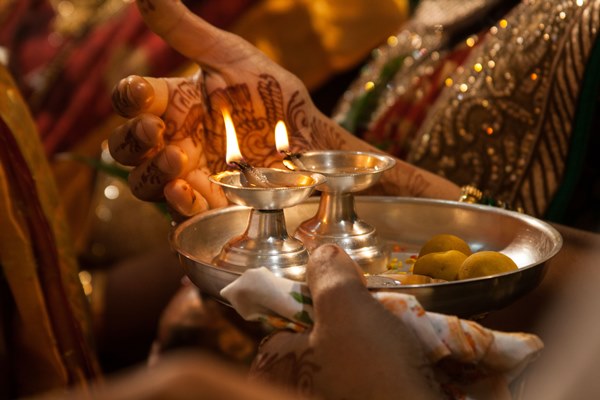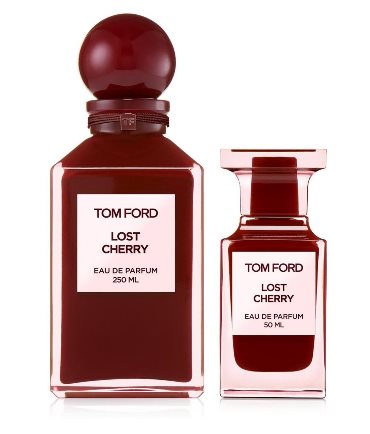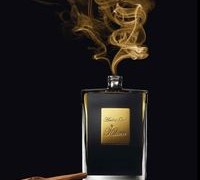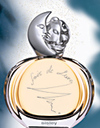The Allure of Sandalwood
My mother-in-law rubbed a piece of pink colored wood on a rough stone until it turned to paste. My husband and I were about to travel back to Europe, and in the Hindu custom, my mother-in-law performed a puja, an act of worship, to ensure our safe journey. She lit joss sticks around the deities and dabbed some of the paste on the figurines of gods arranged on her small altar and then on our foreheads. The fragrance of sandalwood rose in the warm air. Many hours later as I sat on the airplane, the creamy, floral perfume lingered around me, carrying with it the memory of a caring touch.

In Indian paintings you can sometimes spot curious image of snakes curving sensually around sandalwood trees. According to legend, the tree releases such a beautiful scent that serpents are charmed by it. More than a pleasing aromatic, sandalwood is a means to feel closer to the divine, for all creatures alike. This is the reason why Vedic religious rites, from birth to death, are accompanied by this precious wood.














Joi in Giorgio Armani Mania : Long Lost Favorite Perfume: Yes!! January 25, 2024 at 2:54am